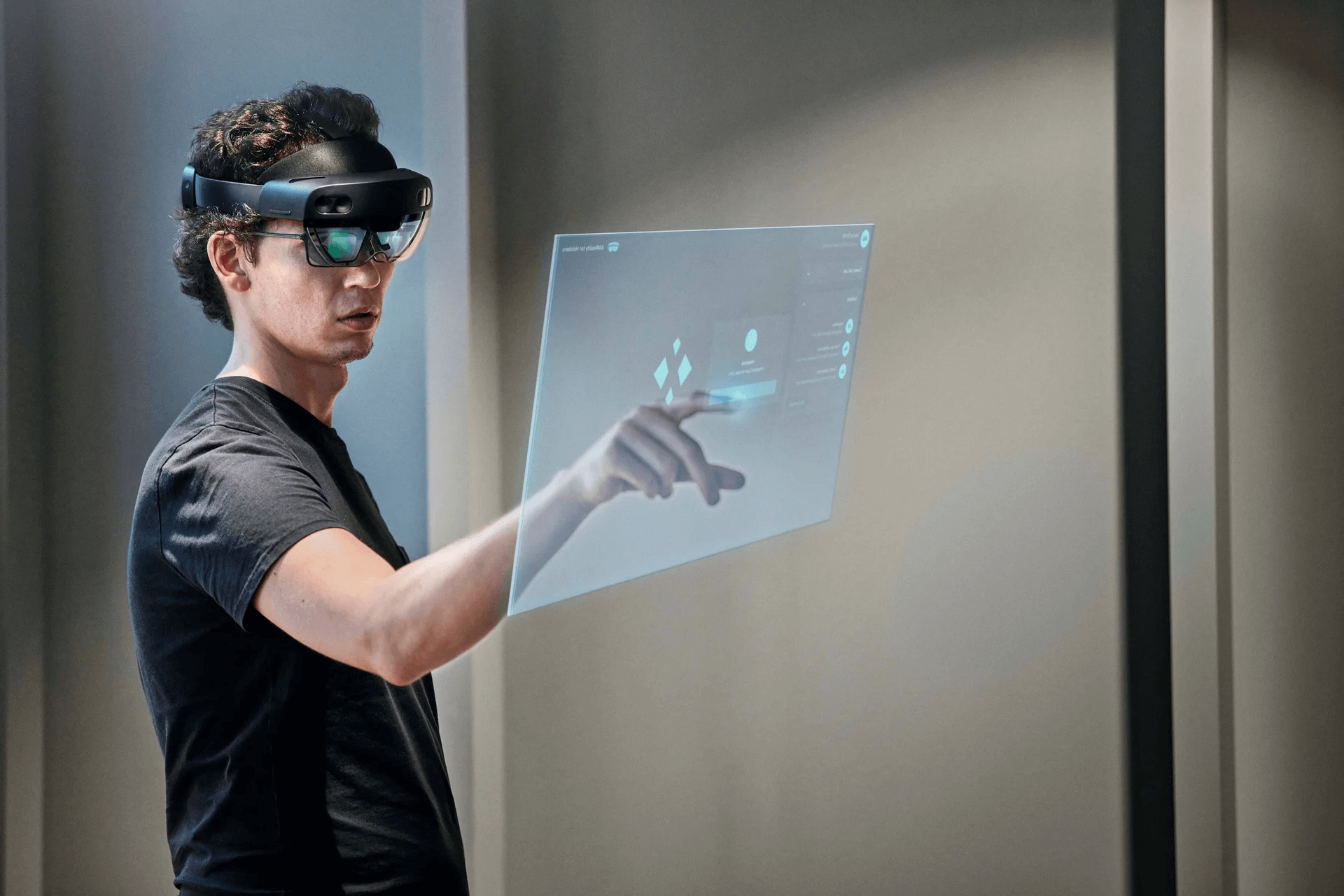Augmented Reality (AR) is an interactive experience that blends digital information with the physical environment in real time. Unlike Virtual Reality (VR), which creates a wholly artificial environment, AR overlays digital content (such as images, sounds, and other media) on the real world. This technology uses devices such as smartphones, tablets, AR glasses, and headsets, employing cameras and sensors to capture the real-world environment and software to overlay digital content contextually.
AR has a broad spectrum of use cases across various industries, demonstrating its versatility and potential to enhance both daily activities and specialized tasks.
1-Education and Training: AR transforms learning and training experiences by making them interactive and engaging. In educational settings, it can bring textbooks and lessons to life, providing students with immersive learning experiences that enhance understanding of complex subjects. For example, medical students can study human anatomy in 3D through AR models. In industrial training, AR can simulate real-world scenarios for safe and effective hands-on practice without the risks associated with physical training.
2-Retail and E-Commerce: AR enables customers to visualize products in their own space before purchasing. Furniture retailers like IKEA offer AR apps that allow customers to see how a piece of furniture would fit and look in their home. This capability extends to fashion and beauty industries, where AR mirrors and apps let customers try on clothes, makeup, or hairstyles virtually.
3-Healthcare: In healthcare, AR provides significant advancements in both patient care and medical training. Surgeons use AR to visualize 3D representations of a patient’s anatomy during procedures, improving precision and outcomes. AR applications also offer innovative ways to explain complex medical conditions to patients, making it easier for them to understand their health issues and treatments.
4-Maintenance and Repair: AR aids technicians and engineers in maintenance and repair tasks across various industries, including automotive, aerospace, and manufacturing. By overlaying digital information, such as schematics and step-by-step instructions onto physical objects, workers can complete tasks more efficiently and with fewer errors, even when dealing with complex machinery.
5-Navigation and Tourism: AR enhances navigation experiences by overlaying directions and information directly onto the real-world view. For tourists, AR can provide real-time information about landmarks, historical facts, and navigation cues through their smartphone cameras, enriching their exploration and understanding of new places.
6-Entertainment and Gaming: AR has revolutionized gaming and entertainment, creating immersive experiences that blend the virtual and real worlds. Games like Pokémon GO have demonstrated AR’s mass appeal, encouraging players to explore real-world locations to catch virtual creatures. Beyond gaming, AR extends to live events and concerts, offering interactive experiences that enhance audience engagement.
These use cases represent just a fraction of AR’s potential applications. As technology advances, the scope of AR’s utility continues to expand, promising to bring innovative solutions to more sectors and everyday life activities.
